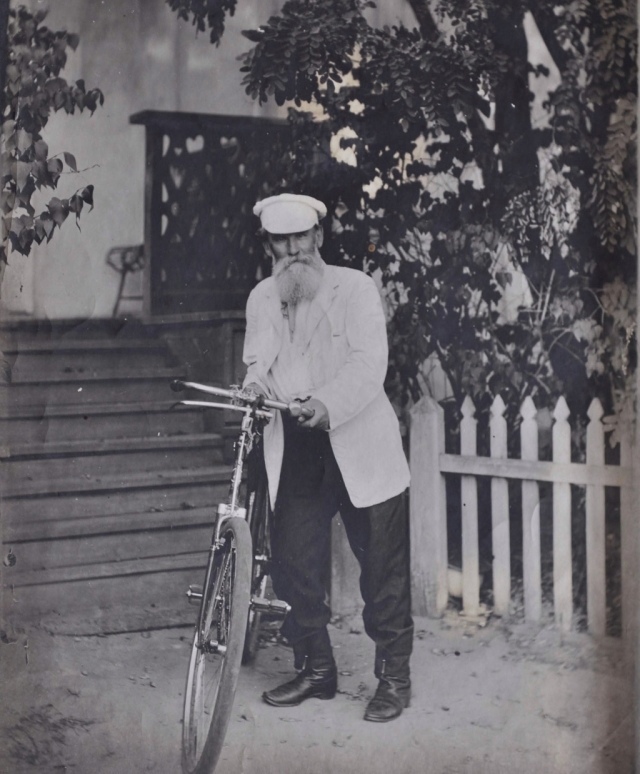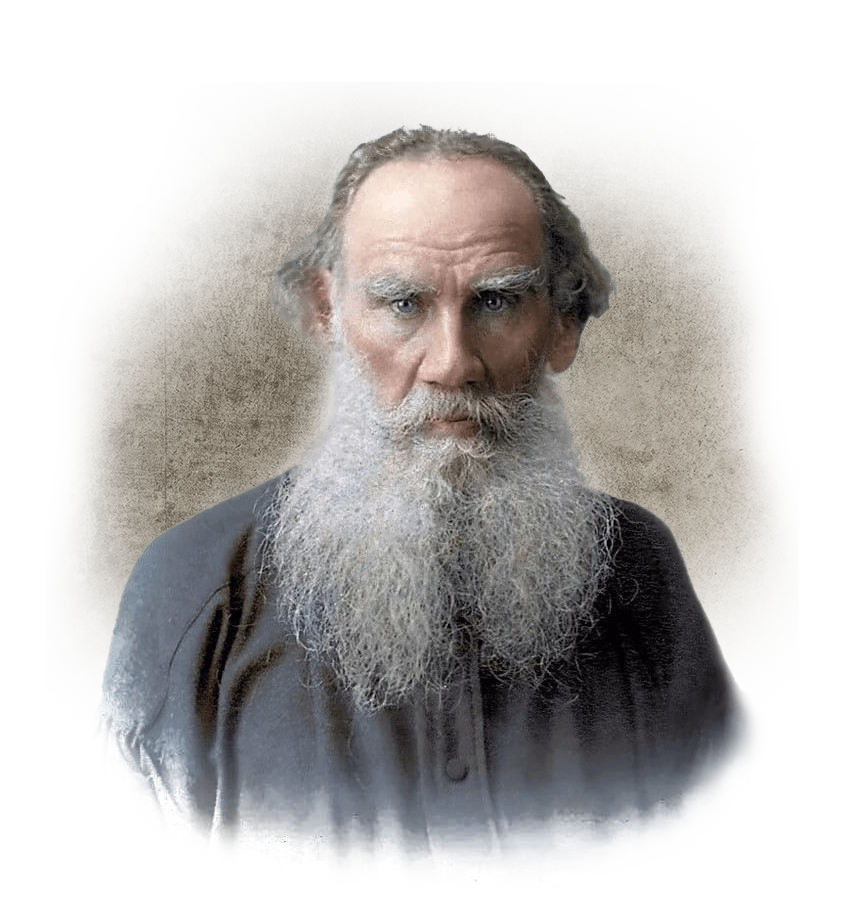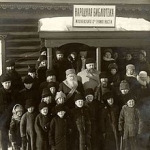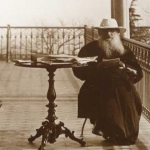
20.12.2022
Yasnaya Polyana, Leo Tolstoy’s home in the Tula region, some 200 km south of Moscow, attracted pilgrims even when the author was still alive. An advocate of fantastic inventions and new experiences, Tolstoy turned his estate into a temple to all things modern. But the writer is still a trendsetter in the truest sense of the word.
Vegetarianism
In a 1908 interview with the American magazine Good Health, Tolstoy revealed that he became a vegetarian around 1883. In 1893 he wrote The First Stage, an influential work that became a handbook for the first generation of Russian vegans.
Rejecting the dress code of the Russian nobility
In an effort to transcend class differences, Tolstoy rejected the dress code of the Russian nobility. Although he failed to launch a new trend, he foresaw that fashion would become more casual over the years. Convinced that writing was a ‘pointless’ occupation, Tolstoy once said he wanted to get a ‘real’ job and learn to sew shoes.
Cycling and fitness

Leo Tolstoy was one of the first to popularise cycling. There is a legend about how the Russian writer learned to ride a bicycle. At the time Lev Nikolayevich was 67 years old. The story goes that he first saw an unusual product with two wheels on a Moscow street. At the time bicycles were very rare in the country. He studied it for a long time with great attention. Great logical thinking helped him to understand the principle of work of this unusual machine. The writer had no difficulty in harnessing the iron horse at the first attempt. Tolstoy became more and more fond of cycling every day.
In 1895, the Moscow Cycling Society honoured the author with a truly generous gift – a Rover bicycle. Thus, at the age of 67, he became the “face” of Russian sporting fashion. Tolstoy’s hobbies also included speed walking, gymnastics, swimming, horseback riding and jogging. The writer sought to show that the popular image of the weak intellectual unable to lift anything heavier than a book was a thing of the past.
Gadgets
The first recording of Tolstoy’s voice was made in 1895. Thirteen years later, the author received his own gramophone, given to him by none other than its inventor Thomas Edison. Enclosed with the device was a note in which Edison asked Tolstoy to make separate recordings for non-Russian audiences. After Tolstoy’s death, recordings with his voice were made for reissue, with the total number of copies in circulation reaching a whopping 100,000.
Opening schools for children from peasant families
A school for peasant children opened at Yasnaya Polyana in 1859. The education at the school was based on the same principle of no restrictions. Lessons, some of which were taught by Tolstoy himself, had no standard duration, homework was not compulsory, and the main priority was to encourage children to think for themselves.

Workshops
In addition to the children of his serfs, Tolstoy’s educational ambitions also involved his own family. Every summer, when the Kuzminsky family, friends of the Tolstoys, came to Yasnaya Polyana to visit, members of both families spent a week composing anonymous poems, articles and stories on various topics of the day. They placed their works in a special mailbox, and on Sunday, Tolstoy would open the box and hold a public reading, where everyone discussed what they had written during the week.
Addressed charity
Tolstoy did not like to give out alms. Instead, he preferred to find out the source of people’s problems and solve them directly, either by giving them what they needed or by helping with some task, whether it was mending a cooker, repairing a barn or helping with the harvest.
Bookcrossing
By 1910 Tolstoy’s personal library contained 22,000 periodicals and volumes, the oldest of which was printed in 1613. The task of keeping the library in order was entrusted to Sophia Andreevna, the author’s wife. Since Tolstoy rejected the idea of personal property, his guests were free to borrow any book they liked.
Selfies
Just like his contemporaries, Tolstoy was gripped by the photographic craze of the 1860s. He had several cameras, and in 1862 he even made what could best be described as a prototype for selfies. Although he was more fond of portraits, it was photojournalism that he considered the most promising type of photography.
Downshifting Those who consciously choose a simpler life have always been respected in Russia. However, the level of downshifting that the author undertook on his latest journey was unprecedented. ‘The blessed fool’ who wanders the countryside has always been an integral part of Russian literature, but Tolstoy has taken things to a new level.




